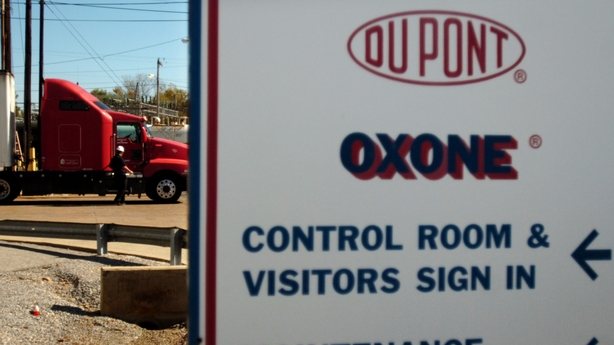Dealmakers celebrating a record year for mergers and acquisitions (M&A) that was boosted by mega deals are pinning their hopes on a larger number of smaller deals to fuel consolidation in 2016.
While the number of announced deals globally declined from 2014 by 2.1% to 39,687, deal volume rose 40.8% to a record $4.6 trillion, as big companies pursued their dream matches.
This is according to preliminary Thomson Reuters data.
Most of the obvious mega deals have been explored already, investment bankers and lawyers said. But the number of transactions could increase next year as newly merged companies sell non-core assets and smaller companies consider tie-ups to stay competitive, they noted.
"While the absolute dollar value of deals could very well decline in 2016, we expect the number of deals to increase year-on-year as the market broadens and we see more mid-sized transactions," said Gary Posternack, global head of M&A at Barclays.
The number of deals in 2015 that exceeded $30 billion in value was 18; together, they made up a quarter of the year's total volume. This compares with seven deals worth more than $30 billion in 2014, and one in 2013.
This year's mega deals included many with long-expected operational efficiencies, such as brewer Anheuser-Busch Inbev's $106 billion acquisition of SABMiller, and oil major Royal Dutch Shell $70 billion purchase of BG Group.
Financial engineering was a major factor in some deals. These included drug maker Pfizer’s $160 billion acquisition of Allergan, a so-called inversion that would allow Pfizer to lower its tax bill by redomiciling from the US to Ireland.
The $120 billion merger of chemical conglomerates Dow Chemical and DuPont was structured so that the subsequent spin-offs of the combined companies' divisions would be tax-free.

Other drivers included acquirers' need for speedier growth, as well as their strong balance sheet and confidence that the macro-economic environment was stable enough for them to splash out on big transactions.
"With economic growth still lagging, investors have been supportive of deals that make strategic sense and create value. The strategic rationale for M&A is more important than the price paid for it," Goldman Sachs’ global M&A co-head Gilberto Pozzi said.
The median value of deals globally as a multiple of the target's annual earnings before interest, tax, depreciation and amortisation rose to 10.6 times in 2015, the highest since 2007, before a buyout boom ended with the global financial crisis.
Combined with record deal volumes, this has raised concerns over whether the M&A cycle may be approaching its peak.
But analysts said that this wass not an M&A bubble as the record value of deals this year was underpinned by the low cost of capital and the strength of the dollar.
A major difference from 2007 has been the absence of big leveraged buyouts. Private equity firms have mostly been sitting on the sidelines, preferring to sell companies to other strategic buyers, rather than trying to outbid them in auctions.
A choppy junk debt market in the last few weeks has made it even more difficult for buyout firms to be competitive.
In the US, M&A has totaled $2.32 trillion so far in 2015, up 64% from the last year. The US accounted for 51% of worldwide deals, up from 43% a year ago.
Asia also had a record M&A year, with volumes at $1.05 trillion, up 58% year-to-date. M&A in Europe reached $879.6 billion, up 6%, in the strongest year-to-date period for since 2008.
Hostile bids for companies have also been getting bigger. Canadian Pacific Railway is pursuing a $36.7 billion takeover of US peer Norfolk Southern, while generic drug maker Perrigo’s shareholders last month rejected a $26 billion hostile bid by Mylan.
"One thing that we may see is more confidence in the boardroom of targets to resist hostile approaches until the end; in other words, an increase in the number of 'hostile hostiles' that never turn friendly," said Igor Kirman, a partner at law firm Wachtell, Lipton, Rosen & Katz who represented Perrigo in its defense against Mylan.
"The Perrigo defence against Mylan, the largest hostile deal ever to go the full distance, shows that a target can pursue a sound defensive strategy, even in the absence of showstopper defenses or litigation, and win," Kirman added.
The dealmaking boom has, unsurprisingly, led to an investment banking bonanza.
Fees from completed M&A advisory globally increased 5% year-to-date to $24.5 billion, estimates from Thomson Reuters and Freeman Consulting show.
The M&A market could slacken in 2016 if the economy and political environment turn sour. For example, dealmakers have been speculating about whether a big rise interest rates could dampen dealmaking.

